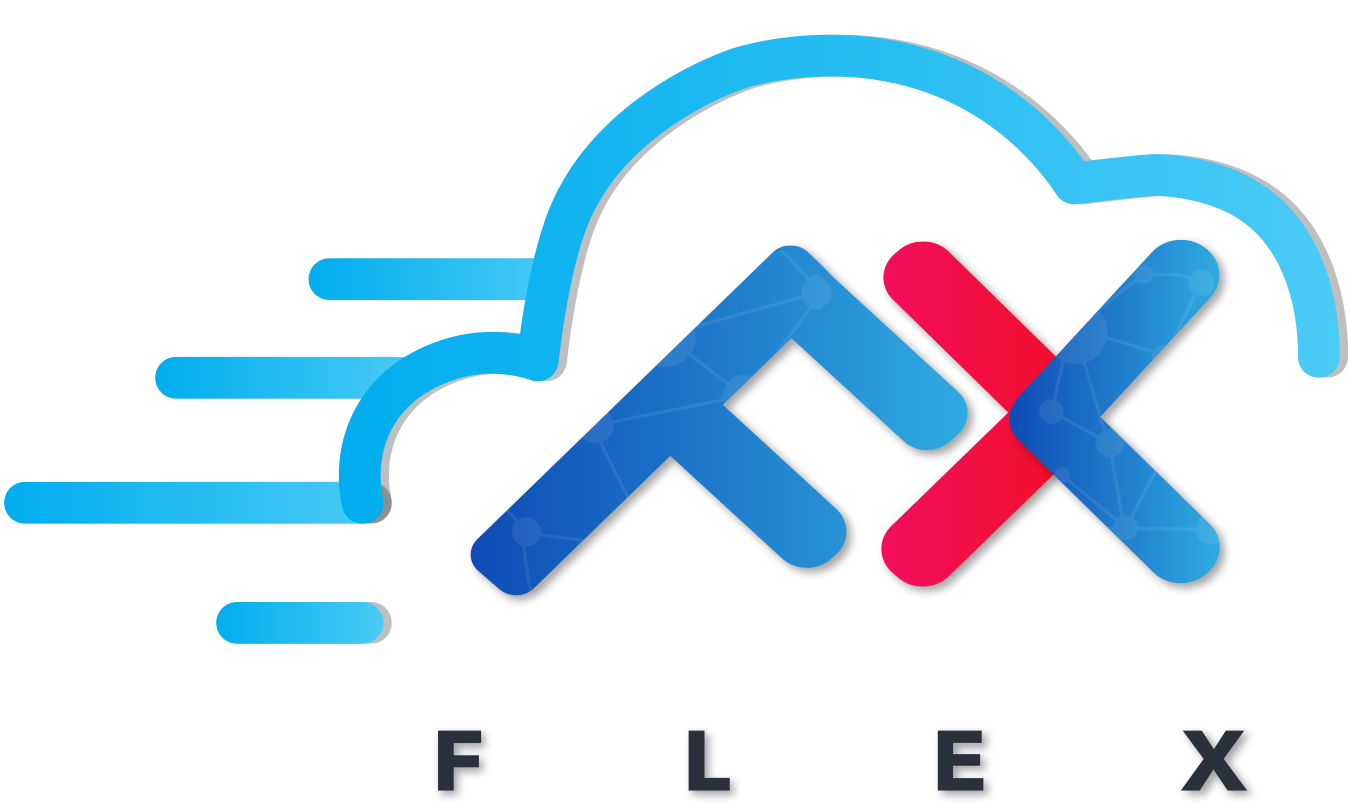How Can We Help?
| Category | Description |
|---|---|
| Company | Used to set up customer company information, including company name, address, tax ID, and other relevant business details. |
| Division | Used to define different divisions within the company, such as Sales, Production, and Finance, to structure the organization and manage access control. |
| Position | Used to manage employee job positions within the organization, such as Manager, Supervisor, and Staff, which may affect document approval workflows. |
| Cost Center | Used to define cost centers to allocate expenses by department, project, or function, ensuring accurate budgeting and cost analysis. |
| Responsible | Used to assign responsible personnel for specific processes or modules, such as accounting, purchasing, or production. It may be linked to approval workflows. |
| Working Calendar | Used to set up the company’s working schedule, including working days, working hours, shifts, and holidays. |
| Non-Working | Used to specify non-working days, such as public holidays, company holidays, or special leave days, ensuring accurate workday calculations. |
| Currency | Used to set up currencies used in the system, such as THB (Baht), USD (US Dollar), and EUR (Euro), along with related exchange rates. |
| Exchange Rate | Used to import or update exchange rates from sources like the Bank of Thailand (BOT) through Excel file import or API integration. |
| TAX | Used to configure tax-related settings, such as withholding tax rates, tax rules, and compliance with business tax regulations. |
| VAT | Used to define VAT (Value Added Tax) calculations, including VAT rates (e.g., 7%), VAT exemptions, and tax breakdowns. |
| BOI | Used to set up tax and investment privileges from the Board of Investment (BOI), including corporate tax exemptions and import duty reductions. |
| Additional Charge | Used to define additional charges such as shipping fees, insurance costs, bank fees, or any extra costs associated with orders. |
| Item Condition | Used to classify item conditions, such as new, used, defective, or repackaged items, which may affect pricing or quality control. |
| Item Type | Used to categorize items into groups such as raw materials, finished goods, semi-finished goods, or service items. |
| Location Type | Used to define types of storage locations, such as the main warehouse, secondary warehouse, receiving area, or distribution center. |
| Order Type | Used to define different types of orders, such as Job Order (work orders), Purchase Order (orders from suppliers), Remark (orders with special conditions or notes), and Delivery Order (orders for product delivery). Not Sure!! |
| Running No. | Used to configure automatic document numbering, such as invoice numbers, purchase order numbers, and tax invoice numbers, based on predefined formats. |
| Running Lot No. | Used to generate lot numbers for products, enabling efficient tracking of items through production and inventory management. |
| Approve Route | Used to configure document approval workflows, such as purchase order approvals, quotation approvals, and other approval processes. |
| Used to configure email notifications for system alert users, such as order confirmations, approval status updates, or inventory alerts. | |
| Screen Label | Used to define labels for system screens, such as renaming buttons, field names, or customizing language settings. |
| Class List | Used to classify data types such as product categories, customer types, supplier categories, or cost groups for better data organization. |
| System Config | Used to configure system settings such as date formats, currency units, security policies, and general system behavior. Not Sure!! |
| Password Policy | Used to manage password policies, including minimum length, complexity requirements and security compliance. |
| User Group | Used to define user roles, such as Admin, General User, Accounting, or Sales, with different access rights to system modules. It also allows managing permissions for viewing, adding, editing, deleting, printing, and performing special actions on specific screens within the system. |
| User | Used to manage user accounts, including creating new users, assigning roles, resetting passwords, and disabling inactive accounts. |
Details
1. Add Item Details:
Click the + button to add items to the Sales Order.
2. Select Items:
3. View Selected Items:
After clicking the Select button on the Item Information window, the selected items will be displayed in the Details tab within the Sales Order Information form.
4. Edit Item Details in the Table: The system generates rows for each selected item, and you can fill in the following details.
5. Use Last Detail Information (Optional):
Check the box Use last detail information if you want to reuse details from the last Sales Order. This will automatically populate fields with the previously saved item details, saving time for repeat orders.
Shipping details
Information details
